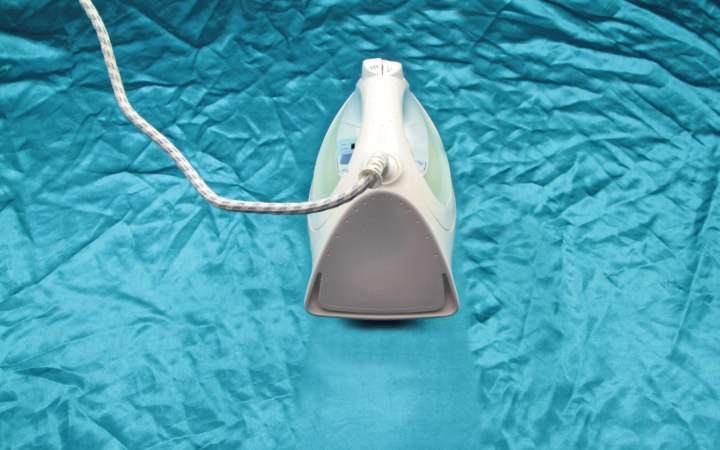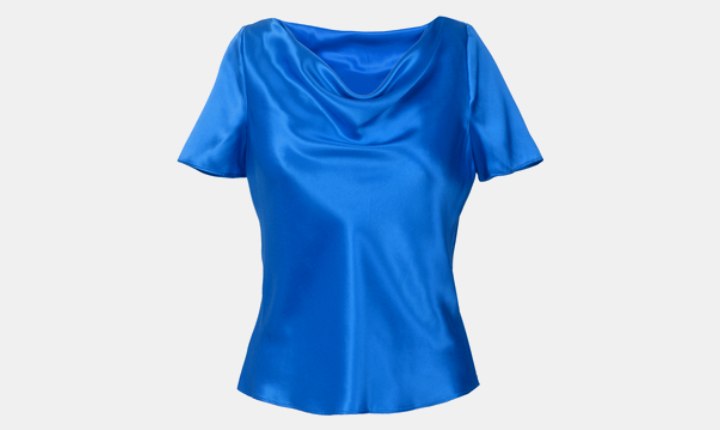How to Clean Silk (2)

Previous Page
How to Wash Silk:
Most manufacturers recommend hand-washing silk, even when a garment is labeled as safe for machine washing. Of course, if you choose to use a machine washing cycle, you should use the gentlest settings and a mild, non-alkaline detergent (such as Ivory, Woolite, and even baby shampoo) and it is recommended that you use a mesh lingerie bag to further protect the fibers from the agitators of the washing machine. You also want to use the shortest possible spin cycle.
To hand wash your silk items here are some tips to follow:
If you have hard water where you live, you may want to add a spoonful of borax to the water in which you plan to wash the garments. This will “soften” the water and help prevent mineral residue (often called ‘hard-water stains’) in the fabric.
How to Dry Silk:
After rinsing the garment thoroughly, lay the item on a clean, dry towel and roll the garment in the towel to extract the excess water. Dry the garment by hanging it on a smooth plastic or waterproof-padded hanger. Don’t tug at the fabric, simply let it support its own weight. The garment will hold its shape. Don’t use wooden hangers or drying racks to dry silk garments. The finishes used on the wood can leave stains on the silk.
Don’t dry the silk in sunlight or on a heated surface (such as a radiator or near an open oven) as these can cause yellowing of the silk and damage the integrity of the fibers. You should also not attempt to dry silk fabrics in a clothes dryer because the excessive heat can damage and dull the fabric and friction with the dryers tumbling panels may cause streaks or additional damage.
How to Remove Wrinkles in Silk:
The best way to deal with wrinkles in silk garments is to hang the item in the bathroom while taking a shower. Humidity and gravity should remove all but the most stubborn wrinkles. If additional pressing is necessary, be sure to use a cool iron (look for a ‘silk’ setting on the iron’s controls) to press the wrinkles out. Remember that an iron that is too hot can cause the silk fabric to pucker, burn, and become discolored or dull.
If you think the wrinkles will be too much to remove by hanging before the garment is dry, you can use the cool iron on a damp garment. Just be sure to turn the garment inside out before doing so.
You should never wet the silk locally while ironing (no matter how stubborn the wrinkles may seem) as this can cause rings. You should also never use starch, sizing or other ironing aids as these can damage the fabric and ruin the finish and feel of silk.

Specific Stains in Silk:
Serious stains on silks should be taken to a professional dry cleaner as soon as possible. Remember the warnings above on caring for your silks and do not attempt to soak the silks or to use stain removers or bleach on silk fabrics.
Traveling with Silk:
Silk is a wonderful fabric for travelers. Its light weight and durability makes it easy to pack and carry. Just remember your basic care instructions, and remember to hang your silk garments up when you arrive at your destination. Again, if you encounter excess wrinkles from the packing, hang the garment in the bathroom while you shower and you’ll find the wrinkles will fall away.
© Greatestlook.com
Photos: Shutterstock & Depositphotos